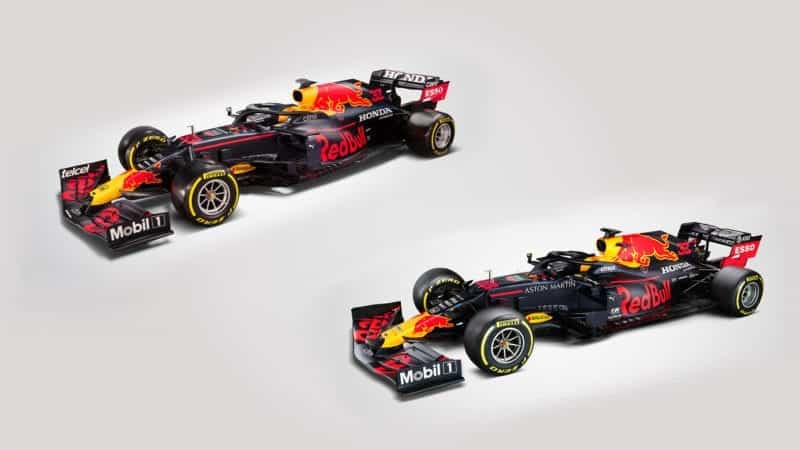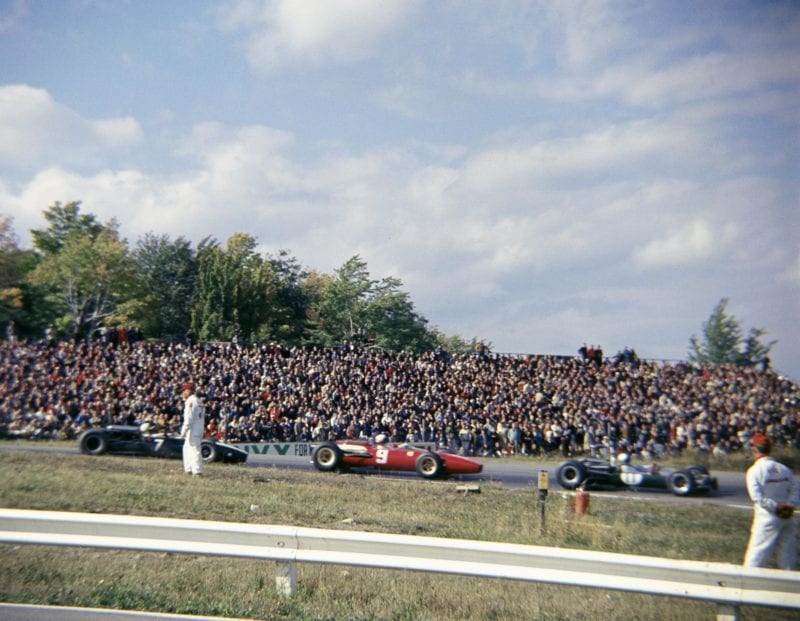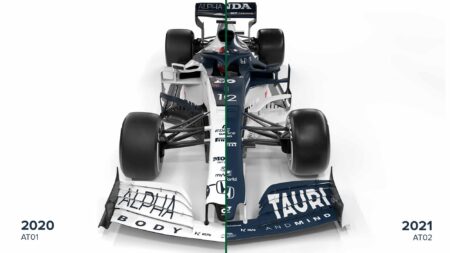At much the same time this was happening, so the sport was becoming vastly richer and by the late-90s, that combination of tight prescription and huge income made for cars that were optimised around an ever-smaller point. Huge resources and restrictive regulations were the very opposite of 20 years earlier. Finding the optimum became more intricate and although the cars looked much the same as each other, their performance spread became greater. In this more restrictive era, lap time became more sensitive than ever to budget, counter-intuitively. Because finding that optimum within such tight restrictions became very expensive. Hence the field began to divide into haves and have-nots (or the rich and the super-rich) and the scale of performance difference dwarfed that which could be provided by even the most brilliant driver.
For 2022 F1 moves to an even more restrictive set of regulations with the twin aims of increasing wheel-to-wheel combat and reducing the lap time advantage extra budget buys a team. This is probably a higher priority for F1’s business than a formula which might create more visual variation between the cars.
But we are also moving into the era of cost cap. As that cap is further reduced over the years (which is the general plan), it might become feasible once more to open up the technical regulations.
But that will simply present F1 with a new dilemma. If the super-restrictive aero regulations of next year result in great racing and a more bridgeable performance divide between the teams, why would F1 then risk increasing the performance spread and the race-ability of the cars by allowing the imaginations of brilliant technical minds full freedom?
*This year’s Red Bull is in the top left: the absence of last year’s Aston Martin sponsorship is a giveaway




